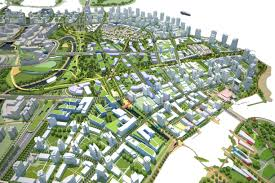Urban Planners

Certainly! Let’s explore the fascinating world of urban planning and dive into the work of urban planners. What Is an Urban Planner? An urban planner is a professional who plays a pivotal role in shaping the cities and communities we inhabit. Their work revolves around creating comprehensive plans and policies that guide the growth and development of urban areas. Here are the key aspects of their role: Creating and Implementing Plans : Urban planners develop strategic plans for cities, towns, and other urban spaces. These plans address critical issues such as land use, transportation, zoning, and environmental sustainability. Balancing Multiple Factors : Urban planners consider the needs of both residents and the environment. They aim to strike a balance between economic vitality, social equity, and ecological well-being. Challenges They Address : Urban Sprawl : Managing growth while preventing haphazard expansion. Congestion : Designing efficient transportation networks. Social...
